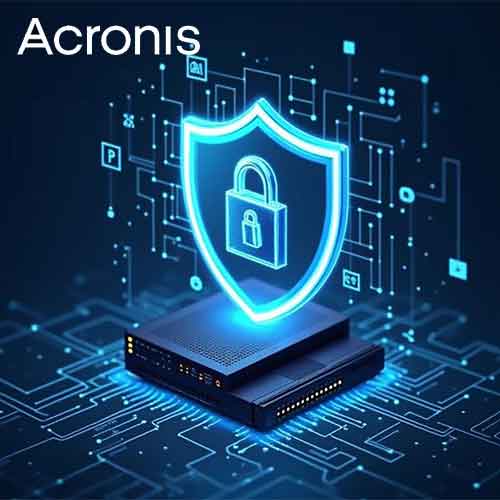LTE, A catalyst for IOT
2016-12-19
The Internet of Things (IOT) also known as the industrial Internet is growing at a phenomenal speed these days. LTE which is a core technology being used by the Telco’s, plays a vital role in the success of IoT which was observed in a recent survey of global IT professionals. An acronym for Long Term Evolution, LTE is a 4G wireless communications standard developed by the 3rd Generation Partnership Project (3GPP) that's designed to provide up to 10x the speeds of 3G networks for mobile devices such as smart phones, tablets, net books, notebooks and wireless hotspots. As LTE has the potential to become like “super-Wi-Fi”, it is fast becoming universally available and is connecting millions of devices to the internet that have never been connected before. The IOT market being a vast segment comprises of everything from premium cars with the computing power of hundreds of microprocessors and to low-cost sensors based on basic microcontrollers running on coin-cell batteries and it here that LTE plays a key role in not only reducing costs but also being far efficient than incumbent technologies.
LTE is much more spectrally efficient than predecessor technologies, enabling operators to reduce the cost of delivering data services below that of 3G and 2G. This efficiency is driving operators to aggressively deploy LTE networks so they can move subscribers off their 2G and 3G networks and on to LTE as quickly as possible. Most countries have variations of two types of networks: Global System for Mobile communications (GSM) and Code Division Multiple Access (CDMA). Long Term Evolution (LTE) is a fourth-generation (4G) wireless broadband technology, a standard developed in 2004 by the Third Generation Partnership Project forum (3GPP). Some countries including USA, Japan, and Korea, have already achieved nearly 100 percent LTE coverage. For this powerful economic incentive, operators around the world are aggressively re-farming their 2G and 3G spectrum and moving quickly to LTE as done in the USA, Japan and South Korea,
LTE coverage already exceeds 3G coverage and a worldwide trend has begun. Various new devices are already becoming LTE-enabled. For example in consumer electronics, digital cameras, portable game systems, e-readers, tablets and media players. In M2M space, a wide variety of telematics and telemetry applications, such as asset, inventory, people tracking, mobile, health, smart grid, digital signage and home security. These applications perform better and are more economical on LTE networks than on 2G/3G. Moreover, they present a huge opportunity by introducing thousands of devices which can generate new revenues streams.
While LTE is enabling possible revenue streams from the automotive segment like integrated infotainment etc, the real money may actually come from apps for fleet managers. This has resulted in the development of various applications that put LTE connectivity and the Internet of Things (IoT) at their core. These include driver monitoring systems that can adjust insurance premiums and usage for drivers using car – clubs, as well as maintenance and monitoring systems that check the condition of key components - from simple mileage reporting to ensuring customers are billed correctly and the vehicle is serviced regularly, to tire tread depth, oil levels and emissions monitoring. All these data points contribute towards reducing cost of sending out a technician to check vehicles regularly.
Now days Telecom companies have made it easy and affordable for its customers by offering a line of LTE modules with everything that is needed to provide a complete LTE modem system as all in one small “drop in” package. The rate at which LTE is being adopted for IoT devices is astounding. We are already seeing LTE embedded in utility meters, automobiles, health monitoring devices, security cameras, and public safety systems, and new applications are being invented and deployed almost on a daily basis. It is clear that LTE is the future of IoT, so, to be future-proof, IoT devices, which in many cases will be in the field for ten years or more, must be LTE compatible. In the medical arena, the Long Term Evolution (LTE) technology has also allowed hospitals, clinics and other healthcare providers to become more efficient, responsive and accessible. It’s also helped personalize medical care, which can do wonders to improve patient satisfaction.
These days LTE communications are able to match or outperform fixed lines, both in terms of speed and bandwidth, resulting in LTE becoming a true wireless alternative and a catalyst for improving enterprise networks for the better – providing a level of flexibility not possible with fixed line solutions alone. It is this level of flexibility, and the ability to scale rapidly, that is helping it drive the growth of the Internet of Things.
See What’s Next in Tech With the Fast Forward Newsletter
Tweets From @varindiamag
Nothing to see here - yet
When they Tweet, their Tweets will show up here.





























